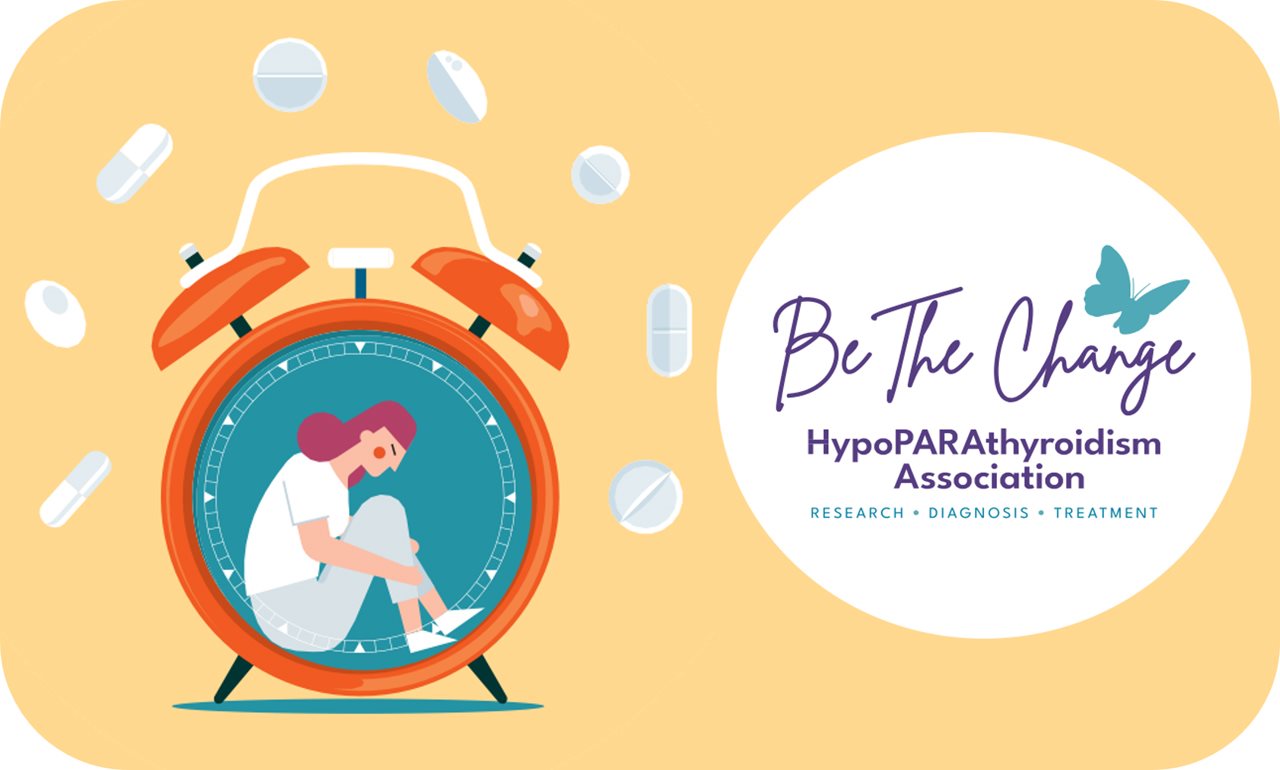2024-06-03T08:01:00
(BPT) – How’s your stress level? If you’re like most people — 75% of Americans experienced stress in the past month according to a 2022 survey by the American Psychological Association — you know the feeling and impacts it can have on your day-to-day life. That’s a staggering figure. A little well-timed stress can actually be a good thing. Think about those butterflies you might get before a big presentation or an important meeting. That stress can help you focus on delivering your A game.
Severe, prolonged stress? That’s different. It can affect your health more than you realize.
“Stress affects just about every system in our bodies, from headaches to chest pain and shortness of breath,” said Deidra Thompson, Mississippi’s 2024 Nurse of the Year, and graduate and instructor from Walden University. It’s an important issue that is part of her focus as she speaks to local groups of business leaders about combatting this stress epidemic in the office and at home.
The mind and body are inextricably connected, Thompson explained, so all of that worrying and fretting and even fear that’s roiling around in your brain can manifest in the body in many adverse ways, including:
- Pain
- GI symptoms like decreased appetite, nausea, irritable bowel syndrome
- Chest pain
- Elevated heart rate
- Sweating
- Impaired sleep
- Decreased immunity
- Mood swings
- Poor concentration
That’s no way to live. While we can’t eliminate the various causes of stress in our lives — global unrest, political turmoil, rising prices, workplace hassles, job uncertainty, money problems, family strife and much more — we can do something about how we react to that stress. Thompson calls it “resilience,” the ability to adapt to challenging situations and maintain an acceptable level of functioning despite stress and adversity.
“Building resilience is about identifying and strengthening our protective factors, those things in our lives that can buffer and insulate us from stress,” she said. “They’re things like religion or spirituality, meaningful family relationships, access to and engagement in health care, financial stability, a sense of purpose and the ability and willingness to seek help.”
Thompson recommends these tips to manage stress:
Exercise. It might be the last thing you want to do when you’re feeling low, but exercise lowers the levels of stress hormones, increases endorphins, and leads to increased oxygenated blood flow to the brain. This doesn’t mean you have to run a marathon every day. Walk the dog. Get outside in nature. Yoga has been proven to increase gamma-aminobutyric acid, which leads to decreased anxiety and a better mood.
Meditate. Never done it? No problem. Meditation decreases activity in our limbic system, which plays a role in emotional response, fight-or-flight, aggression and more. All you need is a comfy chair and a quiet room. Start with five minutes. There’s no secret technique or trick to it — just be in the moment. If thoughts float in, usher them out. A good way to do this is to focus on the simple act of breathing in and out. Or find a guided meditation app to help you along.
Sleep. Do you know anyone who gets enough sleep? Poor sleep is the lament of the masses, and it can lead to myriad health problems, not the least of which is being exhausted the next day. With stress, it’s a double-edged sword because stress causes sleep problems, and sleep problems exacerbate stress. To combat this, focus on getting a good night’s sleep. Set yourself up for success with a dark, quiet room at a comfortable temperature, not too warm, not too cold. Be consistent with your bedtimes, even on weekends. Avoid large meals, caffeine or alcohol before sleep.
Eat. You might be surprised by how much nutrition plays into our feelings and mood. If you overeat, you feel sluggish. Everyone knows what Thanksgiving afternoon feels like. But did you know you can feel lethargic if you undereat? Sugar and processed foods can contribute to inflammation in the brain and body. Instead, focus on foods that are good for your mental health like fruits, leafy greens, veggies, nuts, seeds, beans and lentils.
In the tumultuous world we live in, you can’t eliminate stress. But focusing on exercise, meditation, sleep, and eating right can help you be resilient to stress factors and help insulate you from stress.







